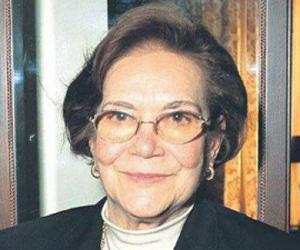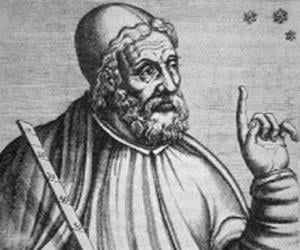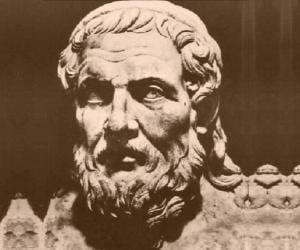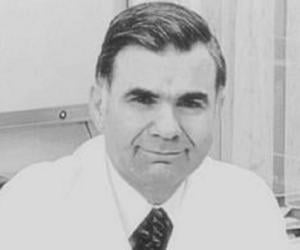1
Dilhan Eryurt
(Astrophysicist)

23
5
Birthdate: November 29, 1926
Sun Sign: Sagittarius
Birthplace: İzmir, Turkey
Died: September 13, 2012
Dilhan Eryurt was a Turkish astrophysicist known for her significant contributions to research on the formation and evolution of the Sun and other main sequence stars. She worked for NASA from 1961 to 1973, where she conducted research for the Apollo program. Later, she established the astrophysics department at the Middle East Technical University in Turkey. Eryurt served as the Dean of the science and arts faculty at METU from 1988 to 1993, leaving a lasting impact on the field of astrophysics through her work and leadership.







